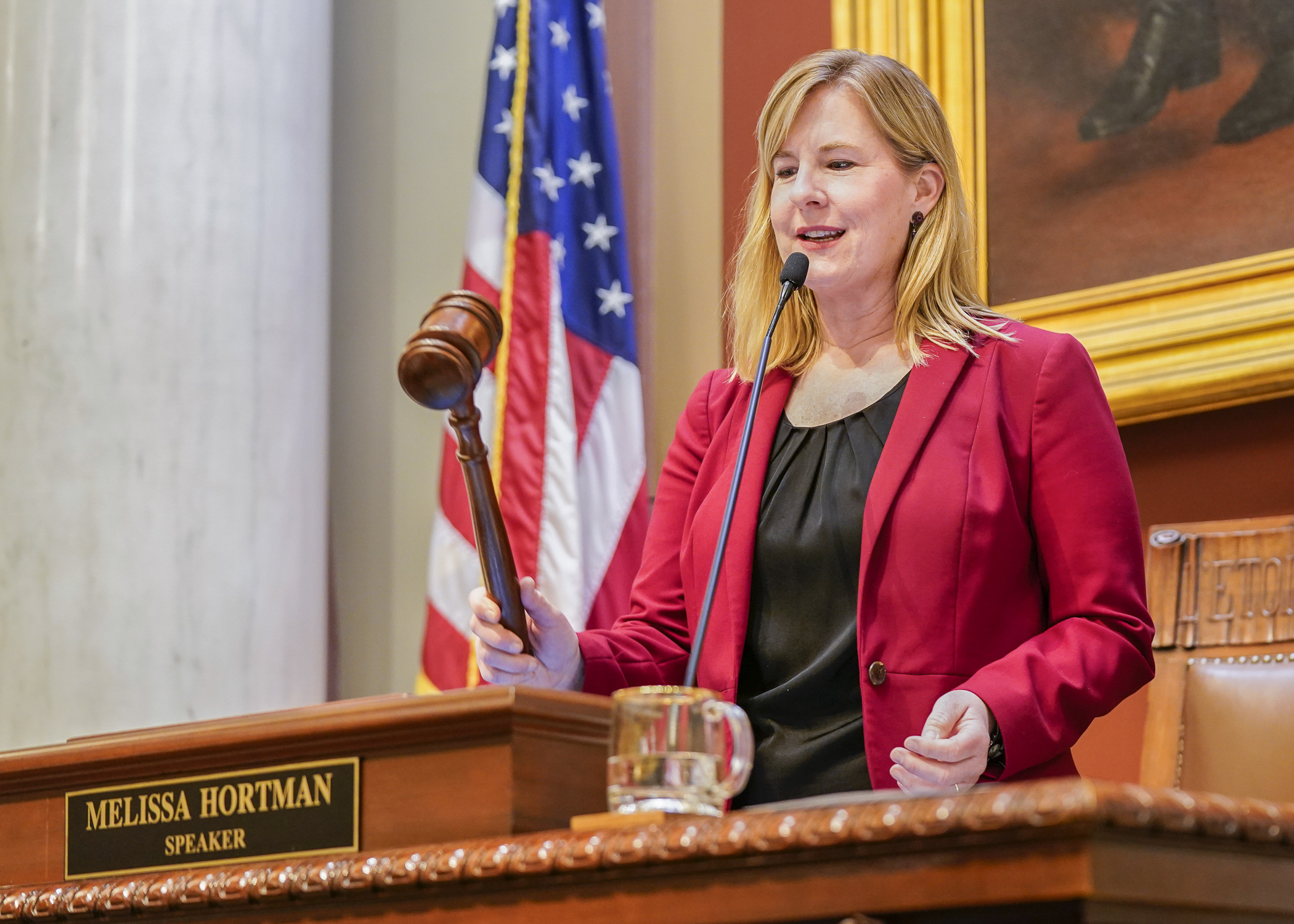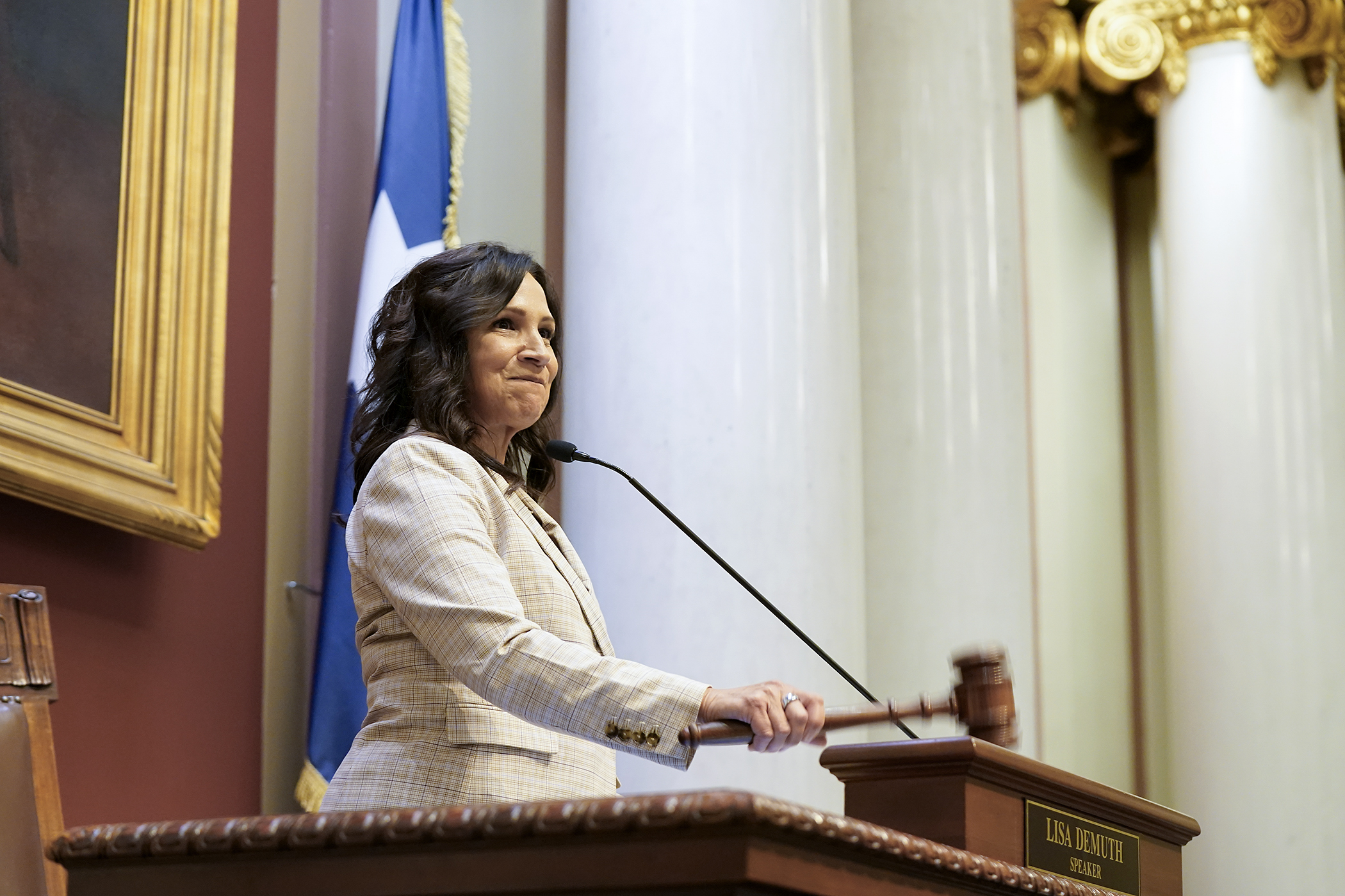Greater MN seeking more funding for broadband connections in rural areas
The COVID-19 pandemic has brought into sharp focus the need for speedy and stable internet connections, which allow students to learn remotely and patients to visit with doctors using telemedicine technology, among other things.
But not all parts of the state have equal access to those options due to poor or no broadband internet connections, Rep. Rob Ecklund (DFL-International Falls) told the House Industrial Education and Economic Development Finance and Policy Committee Wednesday.
“Thankfully, this is a problem we know how to solve,” Ecklund said.
He sponsors HF14, which would add $120 million in the 2022-23 biennium to the state border-to-border broadband account. The influx would be used to increase high-speed broadband internet service in unserved and underserved areas of the state.
Ecklund said the stories of students sitting in their cars outside businesses to access Wi-Fi services are true, adding that he was participating in the remote committee hearing in a rented commercial office because the internet connection from his International Falls home is too poor to support a video connection.
No action was taken on the bill, but Rep. Gene Pelowski Jr. (DFL-Winona), the committee chair, wants to have further discussion on the proposal after more is known about how $300 million coming from the federal government will be distributed to the states and what kinds of strings are attached to those funds.
The companion, SF22, is sponsored by Sen. Tom Bakk (I-Cook) and awaits action by the Senate Agriculture and Rural Development Finance and Policy Committee.
Funds in the Border-to-Border Broadband Development Grant Program, established by the Legislature in 2014, are used primarily for grants to acquire and install middle- and last-mile infrastructure for high-speed broadband internet service in unserved and underserved areas. The border-to-border broadband fund account previously received fiscal year funding of $10.6 million in 2016, $35 million in 2017, $20 million in 2018, $20 million in 2020, and $20 million in 2021.
The state has short- and long-term goals for expanding broadband access in the state, said Angie Dickison, executive director of the Office of Broadband Development in the Department of Employment and Economic Development.
Dickison said the first goal is that by 2022, all Minnesota businesses and homes will have access to high-speed broadband that provides minimum download speeds of at least 25 megabits per second and minimum upload speeds of at least three megabits per second.
The second goal is that by 2026, all Minnesota businesses and homes will have access to at least one provider of broadband with download speeds of at least 100 megabits per second and upload speeds of at least 20 megabits per second.
Although we are making good progress toward those goals, Dickison said, a lot of work remains to get broadband coverage to all corners of the state.
During her presentation, Dickison reported that 92% of the overall 2020 goal has been achieved; however, for rural areas of the state that percentage drops to 83%.
Related Articles
Search Session Daily
Advanced Search OptionsPriority Dailies
Speaker Emerita Melissa Hortman, husband killed in attack
By HPIS Staff House Speaker Emerita Melissa Hortman (DFL-Brooklyn Park) and her husband, Mark, were fatally shot in their home early Saturday morning.
Gov. Tim Walz announced the news dur...
House Speaker Emerita Melissa Hortman (DFL-Brooklyn Park) and her husband, Mark, were fatally shot in their home early Saturday morning.
Gov. Tim Walz announced the news dur...
Lawmakers deliver budget bills to governor's desk in one-day special session
By Mike Cook About that talk of needing all 21 hours left in a legislative day to complete a special session?
House members were more than up to the challenge Monday. Beginning at 10 a.m...
About that talk of needing all 21 hours left in a legislative day to complete a special session?
House members were more than up to the challenge Monday. Beginning at 10 a.m...